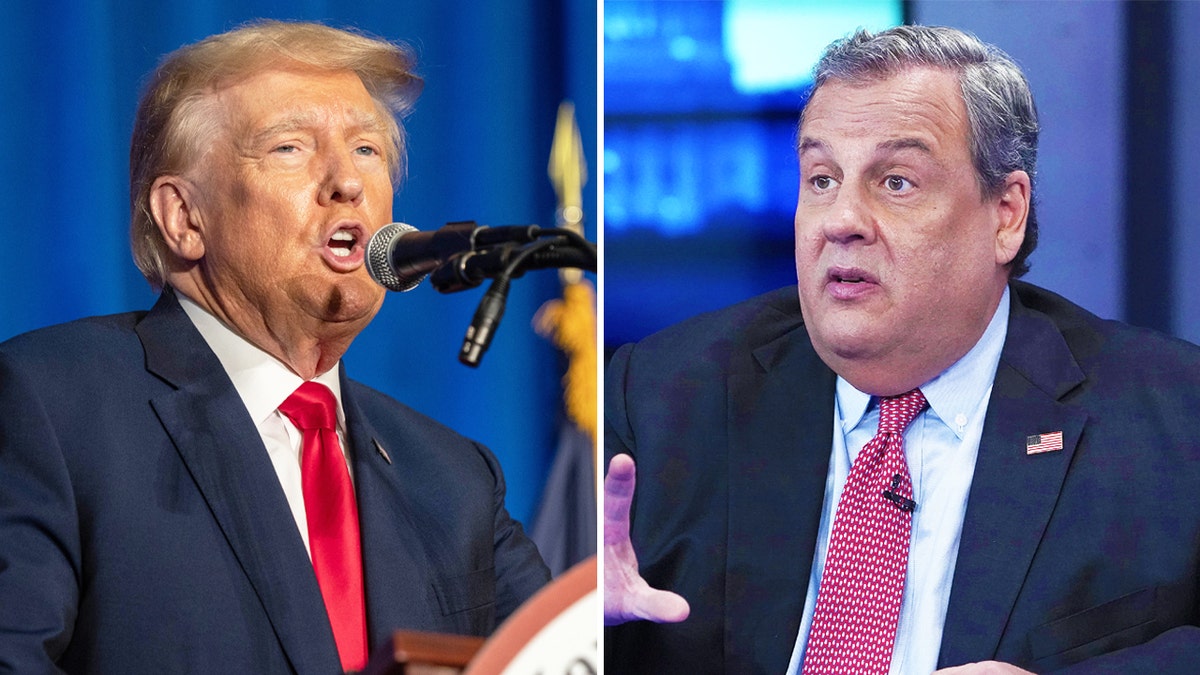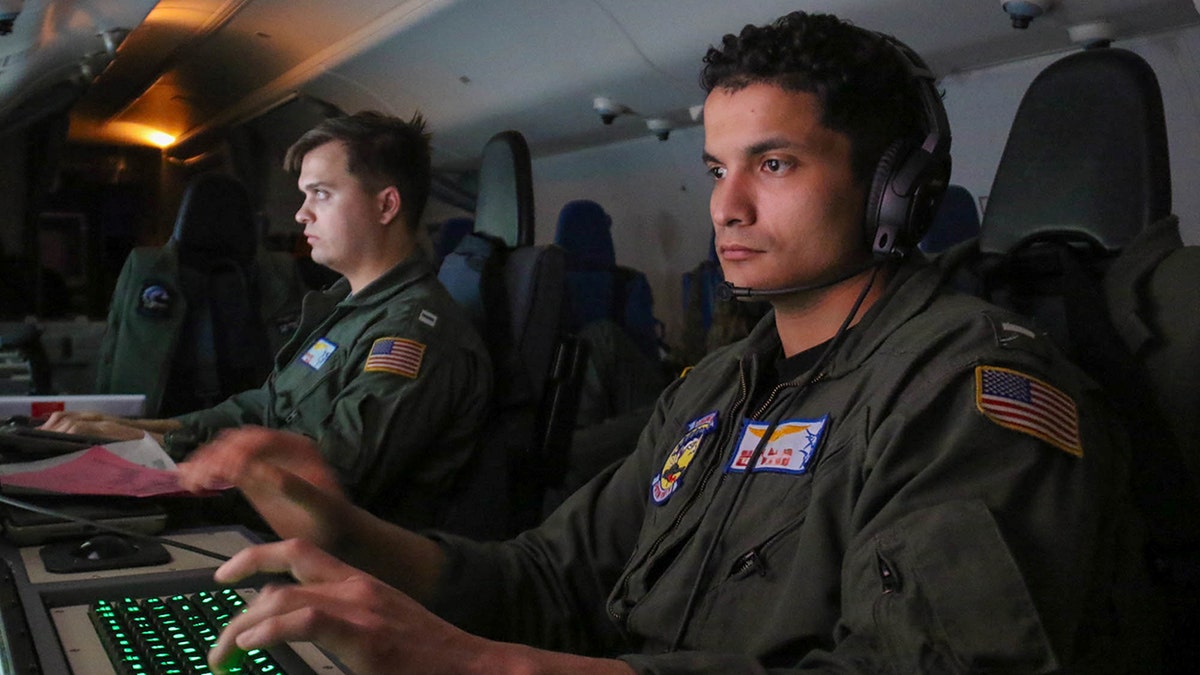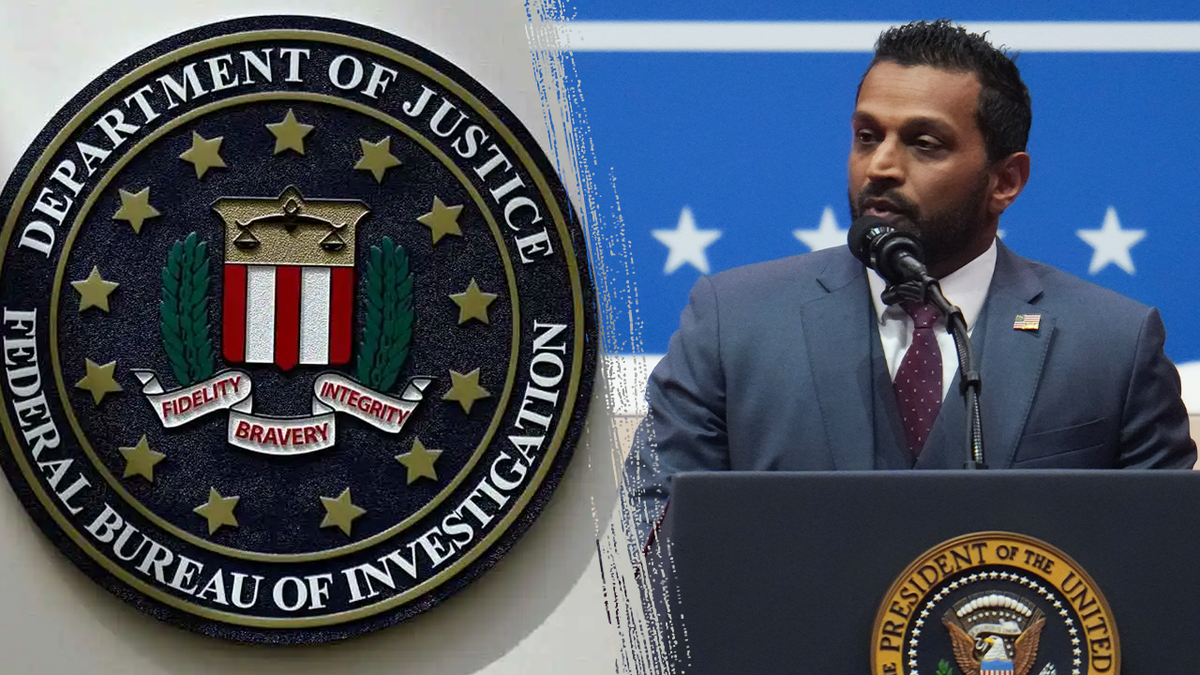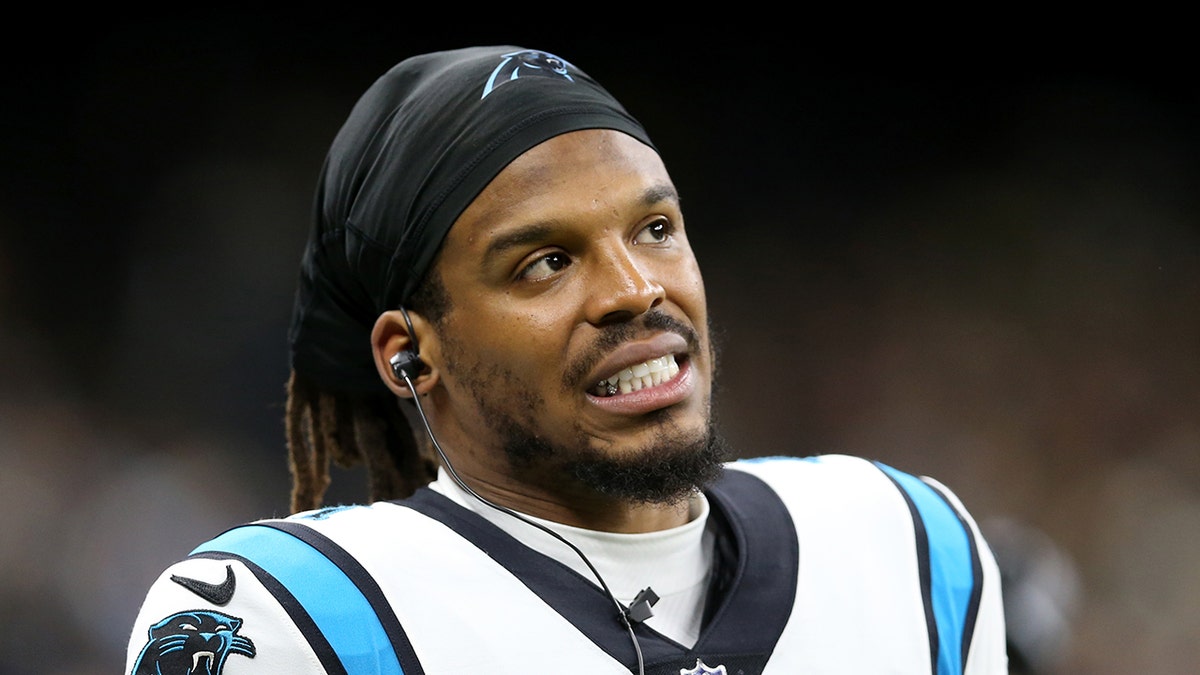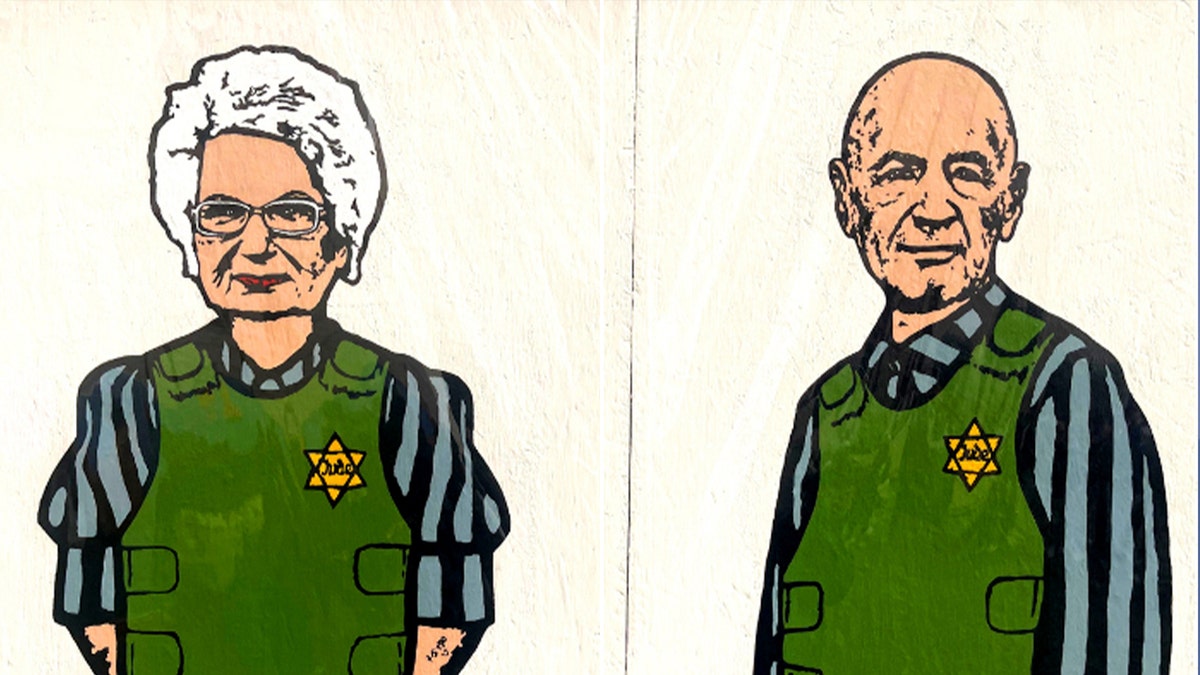The way Americans experience presidential inaugurations has transformed dramatically over the centuries. From George Washington's address reaching the public days after the event to Donald Trump's inauguration being streamed live across the globe, technology has revolutionized how these historic moments are shared.
In 1789, George Washington's inaugural address wasn't available to the public for several days. By 1801, Thomas Jefferson's speech was printed in the National Intelligencer the same day he delivered it, marking a significant shift in accessibility. James Polk's inauguration in 1845 marked another milestone, becoming the first to be reported by telegraph and depicted in a newspaper illustration by the Illustrated London News.
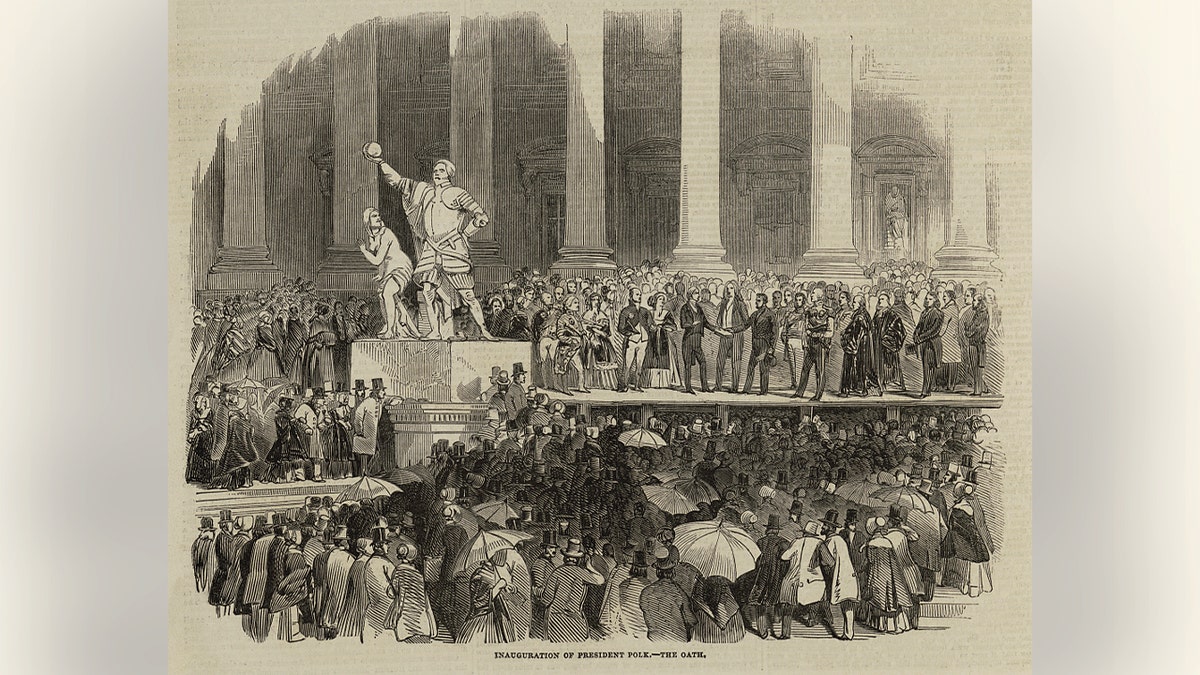
Visual representations of inaugurations evolved from illustrations to photographs with James Buchanan's swearing-in, and eventually to moving pictures with William McKinley's inauguration in 1901. Warren Harding's 1921 inauguration was the first to utilize loudspeakers, and just four years later, Calvin Coolidge's address was broadcast nationally on the radio, reaching an estimated 23 million listeners.
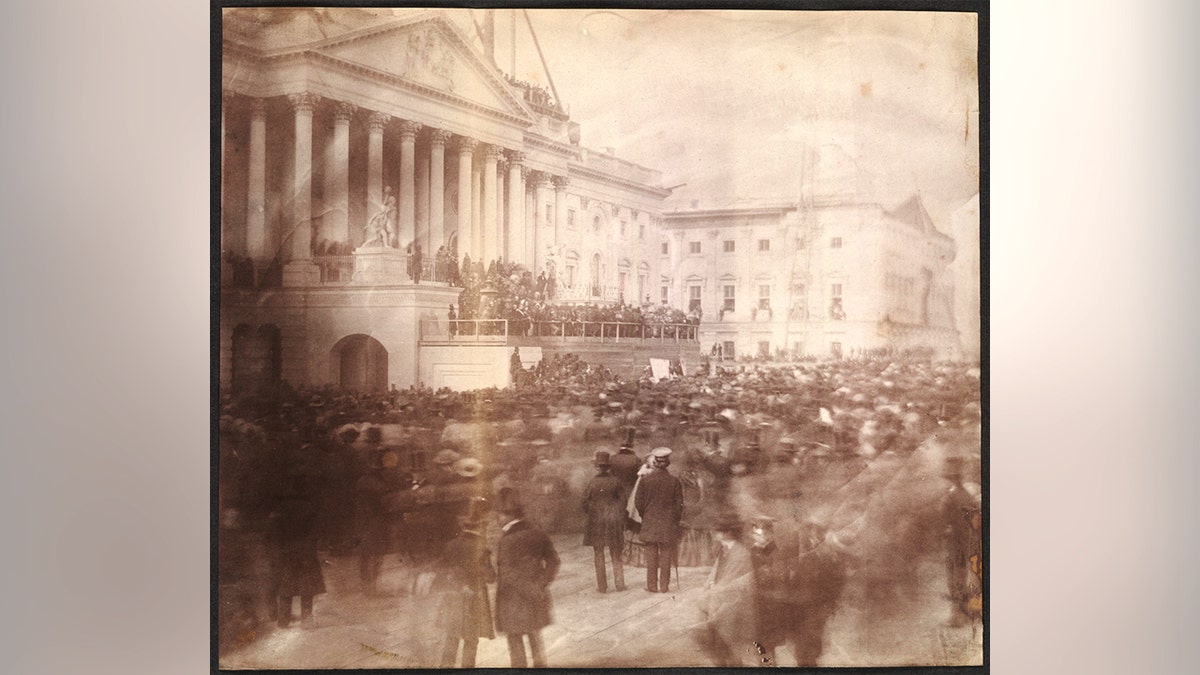
Herbert Hoover's 1929 inauguration was a multimedia event, captured on a talking newsreel. With the rise of television after World War II, Harry Truman's 1949 inauguration was the first to be broadcast live. John F. Kennedy's 1961 address was broadcast in color, reaching the growing number of Americans who owned color television sets.
Ronald Reagan brought inaugural festivities to a wider audience with satellite broadcasts of inaugural balls in 32 cities. Bill Clinton's second inauguration in 1997 was livestreamed on the internet, a testament to the rapidly expanding digital landscape. Social media played a major role in Barack Obama's 2013 inauguration, generating over a million tweets.
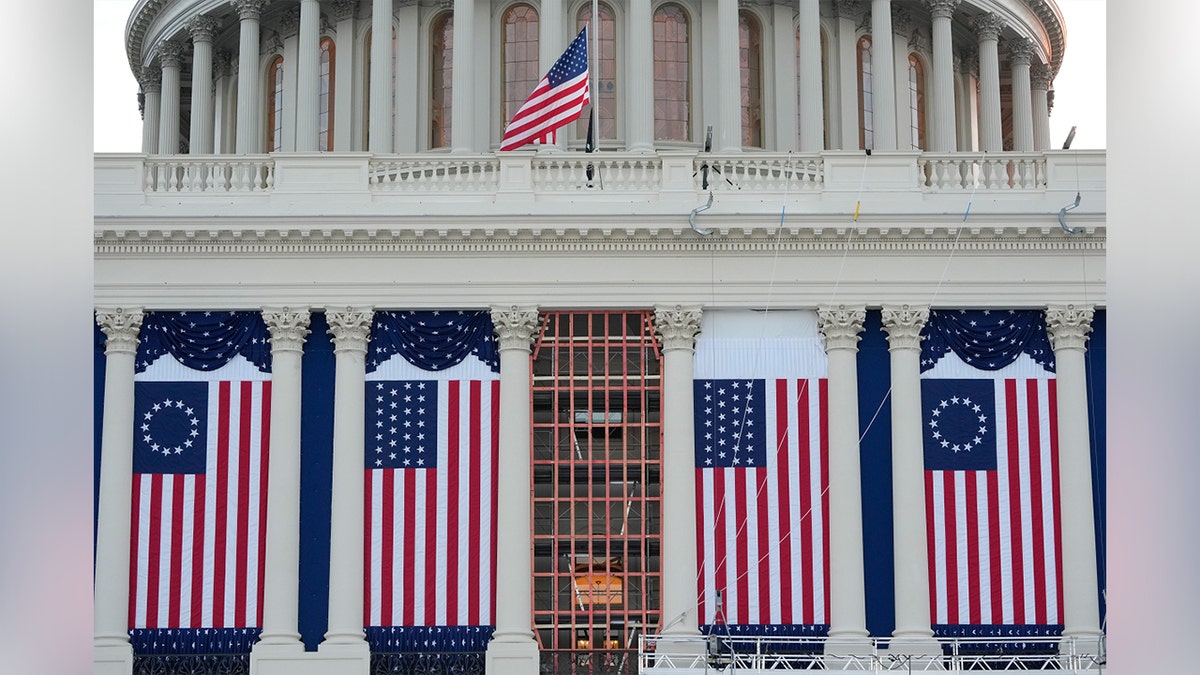
By the time Joe Biden took office in 2021, technology was integral to every aspect of the inauguration, with virtual events playing a prominent role due to the pandemic. This journey from stagecoach to livestream showcases how technology has not only broadened access to these important events but also shaped the way we experience and engage with them.

